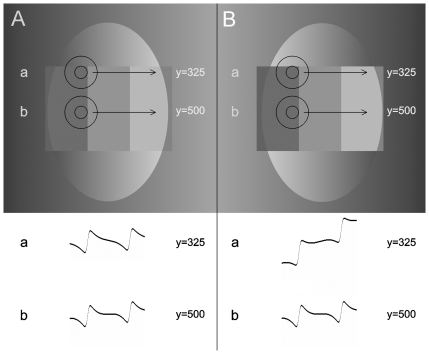Figure 4. The output of the DoG model for steps in ramps of opposite directions.
The middle step of two staircases surrounded by ramps of opposite progressions are enlarged in the upper part of A and B. If the DoG filters are moved along the horizontal direction, as shown by the arrows, they will predict the brightness values shown in the brightness cross-section diagrams a and b below the image. The luminance cross-sections produced by our simulation of the DoG filter at y = 325 and y = 500 (a and b) are shown below the enlarged steps, respectively. On the one hand, the prediction of DoG filter (a) is somewhat similar to human perception, since it predicts a steeper slope in A. On the other hand, though the step in B is seen as totally flat, DoG filter (a) still predicts scalloping there. In addition, in the midline of the two staircases, no difference is predicted between A and B by DoG filter (b), contradictory to human perception, according to which the steps in A and B look largely different. Moreover, the predictions of (a) and (b) within each staircase shows different brightness cross-sections, although the illusion is equally strong through the entire height of the staircase. (The cross-section diagrams were produced by our computer simulation).

